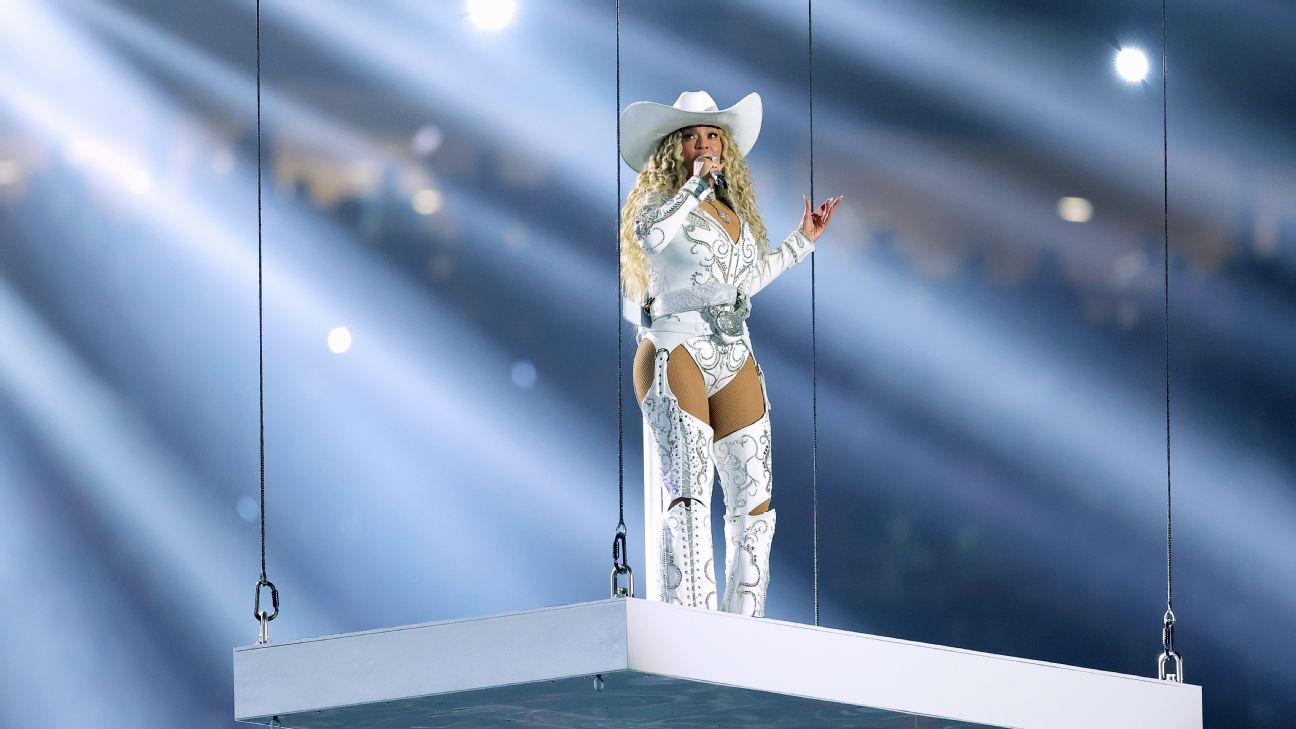Report: Benchmark led to special education services denials


HOUSTON -- More than a dozen teachers and administrators from across Texas say they delayed or denied special education to disabled students in order to stay below the benchmark state officials set for the number of students who should get such services.
A Houston Chronicle investigation found the Texas Education Agency's enrollment benchmark for special education services of 8.5 percent has led to the systematic denial of services by school districts. In the years since Texas' 2004 implementation of the benchmark, the rate of students getting special education dropped from near the national average of 13 percent to the lowest in the country. It fell to 8.5 percent in 2015.
If Texas provided services at the same rate as the rest of the U.S., 250,000 more kids would be getting services such as therapy, counseling and one-on-one tutoring. The newspaper said records show Texas is the only state to set such a benchmark, which was never publicly announced or explained.
The newspaper found that the effort saved TEA billions of dollars but denied support to children with autism, attention deficit hyperactivity disorder, dyslexia, epilepsy, mental illnesses, speech impediments, traumatic brain injuries and even blindness and deafness.
The teachers and administrators said that in order to stay below the benchmark they've done everything from putting kids into a cheaper alternative program to persuading parents to pull their children out of public school altogether.
"We were basically told in a staff meeting that we needed to lower the number of kids in special ed at all costs," said Jamie Womack Williams, who taught in the Tyler Independent School District until 2010. "It was all a numbers game."
Spokesmen for numerous school districts, including Tyler, said they haven't denied special education to any children with disabilities.
In a statement, TEA officials denied keeping disabled students out of special education and said their guideline calling for enrollments of 8.5 percent was not a cap or a target but an "indicator" of performance by school districts.
Since 1975, Congress has required U.S. public schools to provide specialized education services to all eligible children with any type of disability.
Told of the Chronicle's findings, a U.S. Department of Education spokeswoman said her office would look into Texas' policy. Spokeswoman Dorie Nolt said that once they get more information from Texas officials they'll "determine if further actions are necessary."
Several former TEA employees told the newspaper that the benchmark came as the agency was worried about money. "There was always a concern about over-identification of special ed students and the costs associated with that," said Ron McMichael, the deputy commissioner for finance at the time.
The concern grew in 2003 when lawmakers cut the TEA's budget by $1.1 billion. The next year, the agency set the target as part of a new monitoring protocol. The instructions were clear: School districts could get a perfect score on that part of the scorecard by giving special education services to fewer than 8.5 percent of students. Districts that scored poorly could be fined, visited by regulators, compelled to complete corrective action plans or taken over entirely, a manual said.
The TEA acknowledged in its statement that there is no research establishing 8.5 percent as ideal.
Kathy Clayton, among the agency employees who set the benchmark, said the percentage wasn't based on research.
Instead, she said, it was driven by the statewide average special education enrollment. Reminded that the statewide average was nearly 12 percent at the time, Clayton said, "Well, it was set at a little bit of a reach. Any time you set a goal, you want to make it a bit of a reach because you're trying to move the number."
Teachers and administrators say many Texas school districts have interpreted the TEA monitoring protocol as a strict ban on serving more than 8.5 percent of students in special education.






